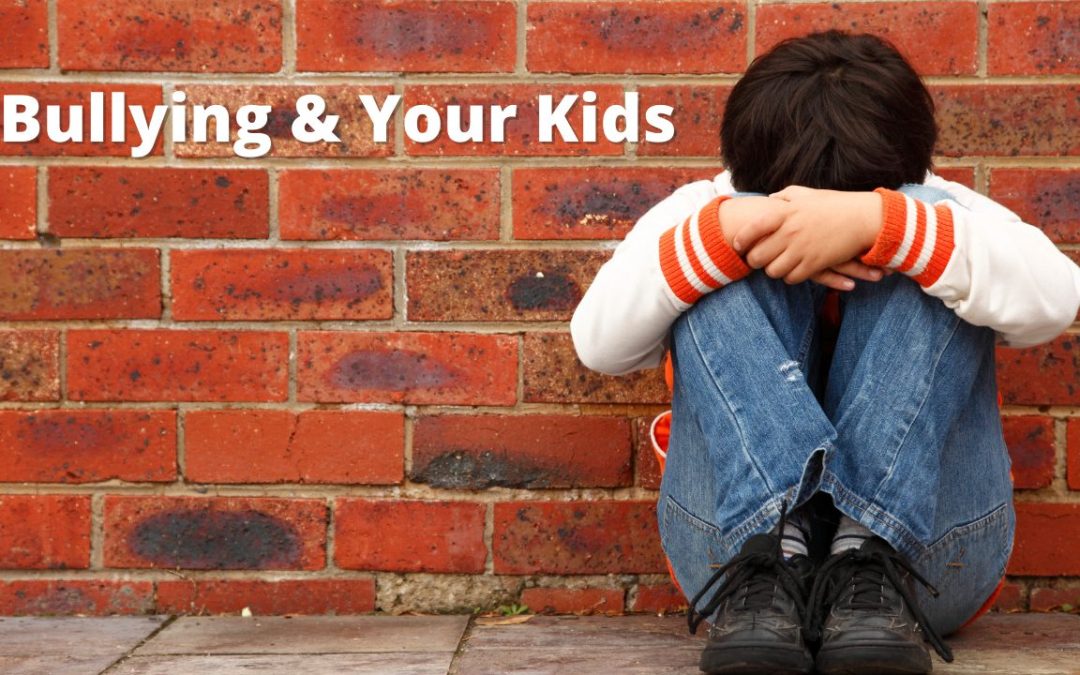In today’s world, bullying still persists in schools and friendships across the globe. And with far-reaching technology at our fingertips, this allows even more forms of bullying to be utilized. Knowing how and where bullying starts can help you notice whether your kids are being affected by it or not.
The Beginnings of Bullying
Whether you have talked with your kids already about bullying or not, it’s always a good idea to keep the conversation open. This helps your child realize they can come to you and explain any bullying that may be happening, rather than thinking they have to keep it to themselves. This also helps you find any small signals they may give you, even if they are saying there’s no bullying going on. Avoiding eye contact or trying to busy themselves with other tasks while you talk about bullying may be clues that there’s more going on then what they are saying. Your kids may still feel embarrassed or uncomfortable talking about it, even if it’s not related to them but a friend, so it’s always good to stay on top of what’s going on with them at school.
Types of Bullying
Fighting bullying is especially difficult in today’s era of technology, where everyone is available 24/7 through text, call, and many different chatting and email apps. Kids will spend the majority of their time messaging and texting friends, so be aware that it’s not just going to be through their phone alone. We are all aware of regular types of bullying, such as verbal and physical bullying. It can involve being called names, being pushed around, getting notes about anything pertaining to that child, whether it be about their race, name, ideals, religion, and many other things.
The most common and difficult form of bullying now, however, is cyberbullying. This form of bullying occurs on electric devices, like cell phones, laptops and tablets. It involves social media accounts, apps, texting and more, using these apps and accounts to also berate, ridicule or make false or harmful claims to an individual. A bully won’t necessarily care if what they are saying is true or too painful to say as they want to bring that other individual down.
Tackling Bullying
With cyberbullying especially, it can be difficult knowing who’s posting or initiating the bullying in the first place. Kids can use different usernames and accounts from their own which can make it more difficult to figure out the original person. Plus, being able to “say” all these things not face-to-face makes it easier for kids to become even harsher with their words. If your children are dealing with any form of bullying, even secondary, make sure to be a support for them and address it right away. The faster and more persistent you are in being able to stop an occurrence of bullying will help show kids that coming to adults will be a source of comfort and assistance.
Katie Kyzivat

